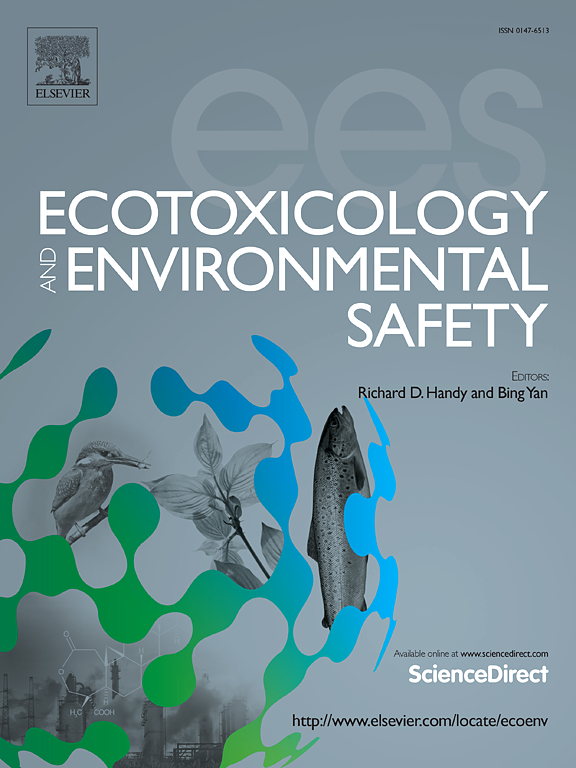Microbial community dynamics in shallow-water grass-type lakes: Habitat succession of microbial ecological assembly and coexistence mechanisms
IF 6.2
2区 环境科学与生态学
Q1 ENVIRONMENTAL SCIENCES
引用次数: 0
Abstract
Aggregation and co-occurrence patterns of microbial communities are the key scientific issues in lake ecology. To explore the mechanisms of microbial ecological assembly and community succession in this unique habitat, 16 samples were collected from eight sites in Wuliangsuhai Lake. Second-generation DNA sequencing was applied to reveal the spatial dynamics of the bacterial community structure and distribution across two environmental media in this nutrient-rich shallow grassland lake and to elucidate the characteristics of the co-occurrence network. This study also examined the effects of environmental filtering and biological interactions on the formation and maintenance of the community composition and diversity. The results highlight habitat heterogeneity in microbial community composition, with no discernible latitudinal diversity patterns. The causal analysis identified electrical conductivity, pH, total nitrogen, and phosphorus as the primary factors driving changes in the bacterial community structure in the water and sediment of grass-type lakes, with TN being the key environmental driver. CL500–3 was identified as a pollution-tolerant species in aquatic environments. g__norank_f_Verrucomicrobiaceae was identified as a pollution-tolerant species in sediment environments. The bacterial communities exhibited a significant distance decay pattern, with a higher spatial turnover rate in water than in sediment. Co-occurrence network analysis revealed greater complexity and stability in the sediment bacterial communities, with three potential keystone species, than in water. The neutral and null model results indicated that the water bacterial communities were more susceptible to dispersal limitation, whereas more complex interactions in sediment increased the role of deterministic processes in community construction. This study proposed the division of aquatic plant regions in freshwater lakes and demonstrated the community characteristics of different habitat types, contributing to a comprehensive understanding of shallow-water bacterial diversity and community structure.
求助全文
约1分钟内获得全文
求助全文
来源期刊
CiteScore
12.10
自引率
5.90%
发文量
1234
审稿时长
88 days
期刊介绍:
Ecotoxicology and Environmental Safety is a multi-disciplinary journal that focuses on understanding the exposure and effects of environmental contamination on organisms including human health. The scope of the journal covers three main themes. The topics within these themes, indicated below, include (but are not limited to) the following: Ecotoxicology、Environmental Chemistry、Environmental Safety etc.

 求助内容:
求助内容: 应助结果提醒方式:
应助结果提醒方式:


